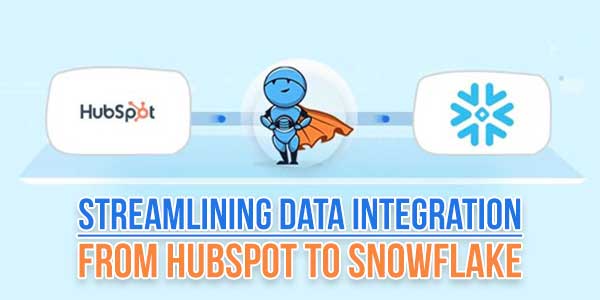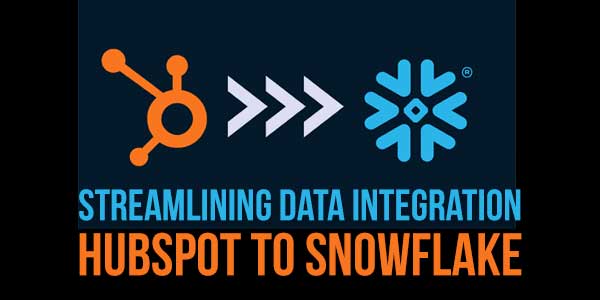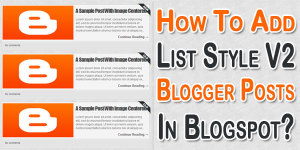
In today’s data-driven world, businesses rely heavily on various software applications to manage their operations, marketing efforts, and customer relationships. Two popular tools in this landscape are HubSpot and Snowflake. HubSpot, a leading inbound marketing, sales, and customer service platform, and Snowflake, a cloud-based data warehousing solution, offer unique capabilities for businesses. However, to harness their full potential, integrating data between these two platforms is essential. In this article, we will explore the benefits of integrating HubSpot and Snowflake, discuss the seamless process of doing so, and highlight the advantages it brings to your business.
Table of Contents
Hubspot: A Comprehensive Marketing And Sales Solution
HubSpot is renowned for its comprehensive suite of marketing, sales, and customer service tools. It enables businesses to attract, engage, and delight customers by providing a unified platform for inbound marketing strategies. With HubSpot, you can create marketing campaigns, manage customer relationships, and gain valuable insights into your sales pipeline.
Key Features Of Hubspot Include:
- Marketing Automation: Automate marketing tasks such as email marketing, lead nurturing, and social media posting.
- CRM (Customer Relationship Management): Keep track of leads, contacts, and customer interactions.
- Sales Tools: Manage your sales process, track deals, and streamline communication.
- Analytics and Reporting: Gain valuable insights into your marketing and sales efforts.
Snowflake: A Cutting-Edge Cloud Data Warehousing Solution
Snowflake, on the other hand, is a cloud-based data warehousing platform that is revolutionizing the way businesses manage and analyze their data. It offers a scalable and efficient solution for storing, processing and querying large datasets.
Key Features Of Snowflake Include:
- Scalability: Easily scale your data warehouse up or down based on your needs.
- Data Sharing: Collaborate with other organizations by securely sharing data in real-time.
- Data Security: Snowflake prioritizes data security with advanced encryption and access controls.
- Query Performance: Enjoy fast query performance even with massive datasets.
The Need For Integration:
While both HubSpot and Snowflake are powerful tools in their own right, they become even more valuable when integrated. Here are some reasons why businesses should consider integrating HubSpot with Snowflake:
1.) Holistic Customer Insights:
By integrating HubSpot and Snowflake, you can consolidate data from various sources, including your website, email campaigns, and customer interactions. This consolidation provides a 360-degree view of your customers, allowing you to tailor your marketing and sales efforts more effectively. You can gain insights into customer behavior, preferences, and engagement, which can inform your strategies.
2.) Improved Marketing Campaigns:
With integrated data, you can track the effectiveness of your marketing campaigns more accurately. You can see which campaigns generate the most leads, conversions, and revenue. This information enables you to optimize your marketing efforts and allocate resources to campaigns that deliver the best results.
3.) Enhanced Sales Processes:
Sales teams can benefit significantly from integrated data. They can access up-to-date customer information, track leads through the sales funnel, and prioritize leads based on their engagement and readiness to buy. This streamlined approach can lead to higher conversion rates and increased sales revenue.
4.) Better Decision-Making:
Integrated data in Snowflake provides a solid foundation for data analysis and reporting. You can create custom dashboards and reports to monitor key performance indicators (KPIs) across your marketing and sales efforts. Informed decisions backed by data are more likely to lead to successful outcomes.

The Integration Process: A Step-by-Step Guide:
Now that we understand the importance of integrating HubSpot and Snowflake, let’s explore the step-by-step process of achieving this integration. Follow these guidelines to ensure a smooth data flow between the two platforms.
1.) Evaluate Your Data Needs:
Start by identifying the specific data you want to transfer from HubSpot to Snowflake. Consider the objectives of your integration, such as improving marketing campaigns, optimizing sales processes, or gaining holistic customer insights. Understanding your data requirements is crucial for a successful integration.
2.) Choose Integration Tools:
HubSpot offers several integration options, including native integrations, third-party connectors, and custom solutions. Depending on your needs and technical expertise, select the integration method that suits your business best. Popular third-party integration platforms like Zapier or Tray.io can facilitate the process.
3.) Set up Data Synchronization:
Configure your chosen integration tool to establish a connection between HubSpot and Snowflake. Ensure that data synchronization is set up correctly to transfer the selected data fields, such as leads, contacts, and customer interactions, in real-time or at scheduled intervals.
4.) Data Mapping and Transformation:
Map the data fields from HubSpot to the corresponding fields in Snowflake. This step is critical for ensuring that data is transferred accurately and consistently. You may also need to perform data transformations to match the data structures of both platforms.
5.) Data Validation and Testing:
Before deploying the integration, thoroughly test the data transfer process. Verify that data flows smoothly from HubSpot to Snowflake and that it retains its integrity. Address any data validation issues or errors that may arise during testing.
6.) Deployment and Monitoring:
Once you are satisfied with the testing results, deploy the integration in a production environment. Continuously monitor the integration to ensure data consistency and reliability. Set up alerts to notify you of any potential issues.
Advantages of HubSpot to Snowflake Integration:
Integrating HubSpot with Snowflake offers several advantages that can significantly benefit your business:
1.) Real-time Insights:
With real-time data synchronization, you can access the most up-to-date information about your customers and marketing campaigns. This enables you to make informed decisions promptly and respond to changing market conditions effectively.
2.) Enhanced Personalization:
Integrating HubSpot and Snowflake allows you to personalize your marketing and sales efforts. You can create targeted campaigns based on customer behavior and preferences, increasing the likelihood of engagement and conversions.
3.) Data Centralization:
By centralizing your data in Snowflake, you reduce the risk of data silos and inconsistencies. All teams in your organization can access the same reliable data source, leading to better collaboration and decision-making.
4.) Scalability:
As your business grows, both HubSpot and Snowflake can scale with your needs. The integration ensures that your data infrastructure can accommodate increased data volumes and user demands.
Conclusion:
In a data-driven world, the integration of HubSpot and Snowflake is a strategic move for businesses seeking to gain a competitive edge. This integration empowers organizations with holistic customer insights, improved marketing campaigns, streamlined sales processes, and data-driven decision-making.
As you embark on your integration journey, remember to carefully plan each step, choose the right integration tools, and continuously monitor the data flow. The synergy between HubSpot and Snowflake can unlock new possibilities for your business, enabling you to thrive in an increasingly data-centric business environment. Embrace the power of seamless data integration, and watch your business soar to new heights.

 About the Author:
About the Author:
















Be the first to write a comment.